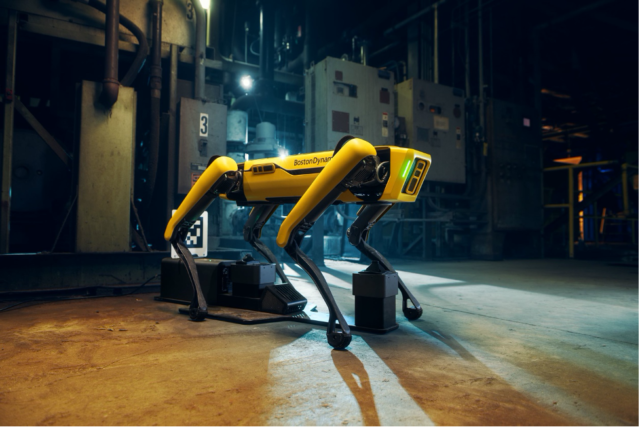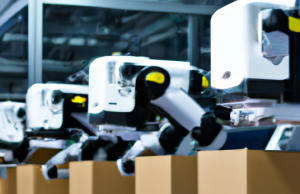With the massive shift to automation in industries around the world in the wake of the Covid19 pandemic, it’s time to explore the effects this could have on the way business is conducted over the next twelve months. .
To kick off the new year, we’ve compiled a list of the seven biggest trends and forecasts for the robot industry in 2022.
1. Robotic Process Automation (RPA):
As the name suggests, RPA is a technology commonly used by companies that handle a large number of repetitive tasks. A good example of such a business would be hospitals that deal with manual invoicing, appointment scheduling, and inventory management. All tasks that can easily be automated through via RPA.
2. Robotics as a Service (RaaS)
With the growing trend of all-as-a-service models, small businesses are now allowed and empowered to adopt robotics and RPA in the form of subscription-based RoboticsasaService (RaaS) models as well as other models. SoftwareasaService (SaaS) configuration – such as Meili FMS.
3. Automated mobile robot (AMR) as data collection platform
Driven by the growth of e-commerce, labor shortages, increasing automation and the possibility of mass product customization, demand for AMR has grown at an astonishing rate – up 0 .88 billion USD in 2017 to about 6.17 billion euros in 2022. In fact, AMRs are now expected to start acting more like IoT hubs. Where mobile robotics software will add $2.64 billion to AMR’s market value.
4. Versatile robots and cobots
Retail automation is also seeing significant growth, with retailers expected to add multi-purpose robots to work alongside their teams – and thus known as cobots – to multitask and thus allowing them to respond more easily to growing demands. customer expectations and purchase requirements. At the same time, cobots are constantly taking on certain jobs in different industries to improve work safety and efficiency.
5. Raise awareness about the lack of interoperability
With the increasing adoption of robots across industries, there is a growing need for a solution that addresses the lack of interoperability in the industry:
Interoperability is a factor that can be easily overlooked by many robot operators. It allows robots to communicate with each other and with other systems to create an efficient and safe working environment. If left untreated, it can be a crippling pain point that shuts down a plant’s productivity – or even stops it because some, if not all, of the robots begin to clog or cause damage. obstacles for others.
6. Delivery robots are on the rise
The delivery robot market is expected to grow from a value of 188 million euros in 2021 to nearly 850 million euros in 2026. After a compound annual growth rate (CAGR) of 35.1% during the projection period. The growth of this market is mainly driven by lower last mile delivery costs, increased venture capital funding and increased demand for delivery robots in retail, food and drinks.
7. Increasing demand and capacity in the field of robotics
Last but not least, with robots getting smarter by advancements in technology like machine learning, AI, and IoT, more and more industries that use robots are also getting smarter – think to warehouses, distribution centers and manufacturing facilities. As processes are increasingly automated, companies will see huge strides in efficiency, accuracy, and consistency in operations.








